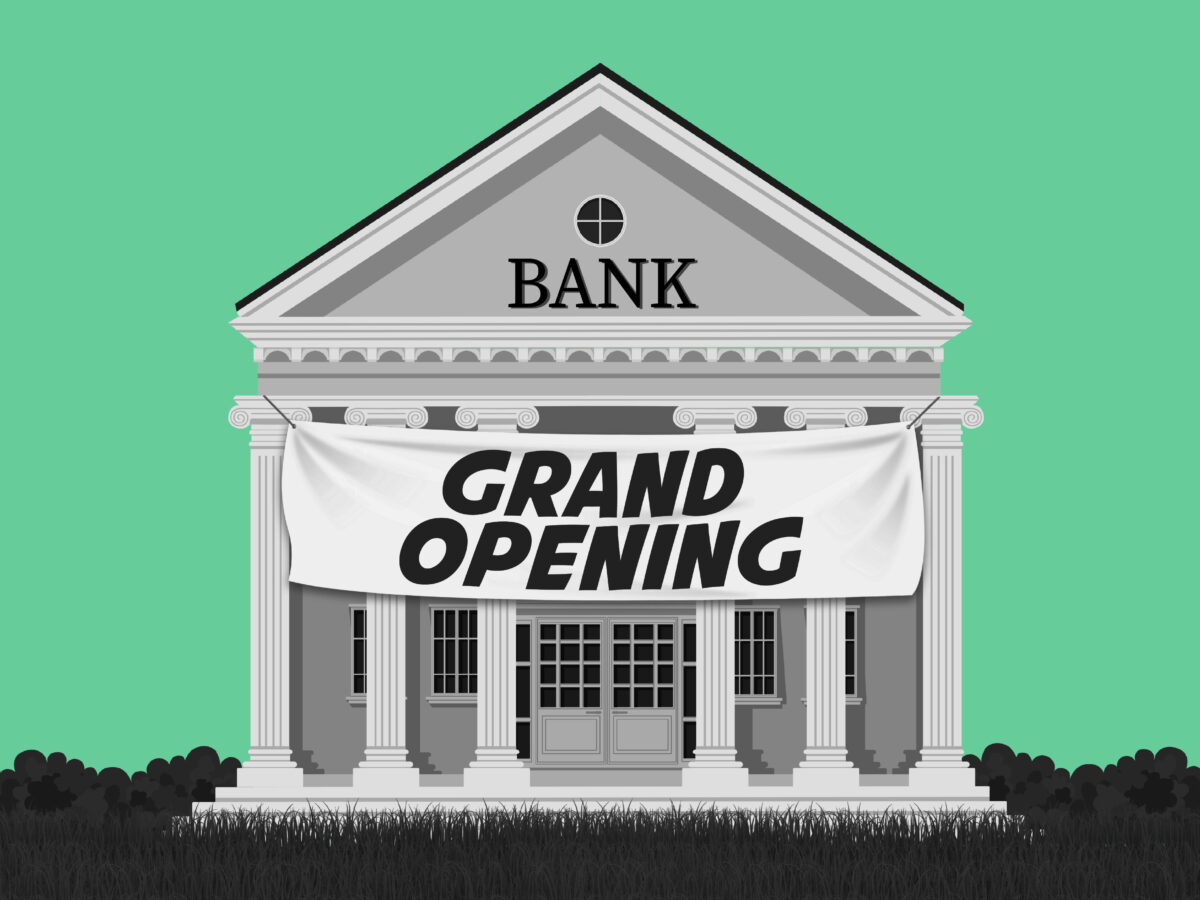5 Marketing Strategies to Accelerate Growth in a Downturn

Consumer confidence in the US is starting to fade with the twin specters of continued inflation, and a slowing economy on the horizon. This has led to a slowdown in many segments, as consumers instinctually pull back. In my April blog, I shared how companies and brands that increase marketing spending during a downturn can grow market share and emerge stronger despite recessionary headwinds.
I’d like to build on this by sharing 5 Marketing Strategies to Drive Accelerated Growth in uncertain times:
1. Reframe Your Value Proposition
During an economic slowdown, consumers seek to reduce costs and otherwise save money and/or get more value from the products and services they buy. Successful brands adapt by pivoting their communications to reframe (and strengthen) their value proposition. I saw this firsthand in my days at Procter & Gamble and Church & Dwight – on OxiClean, we learned that if someone could not remove a tough stain from a treasured garment, it was ruined and wouldn’t be worn again. This led to new advertising campaign featuring real consumers talking about how OxiClean had helped them remove a tough stain, where other products had failed. The OxiClean spokesperson then shared, “If OxiClean helps you save just one garment, it’s more than paid for itself.” It was amazing how this simple value reframing transformed OxiClean from a super-premium purchase to an essential, everyday necessity.
Similarly, on Dawn Liquid, we created new value advertising to counter the natural gains of lower-priced brands during a recession. Dawn’s advertising featured how one small bottle of Ultra Dawn had more grease-fighting power than three (larger) bottles of “this so-called value brand.” This campaign stopped the growth of the value brands and enabled Dawn to gain share. Finally, on ARM & HAMMER Detergent, market research led us to a new tagline of “The clean you need, at a fraction of the cost.” This positioning reframed value within the Detergent category and contributed to almost a decade of double-digit sales growth for ARM & HAMMER.
2. Deliver Increased Value through Packaging and Promotion
Brands are often able to offer a lower price per use on larger format packages, leading to increased value for consumers and higher sales. Importantly, the savings from reduced packaging costs on larger format packages typically more than covers the lower price per use, so this strategy can boost both sales and profitability. Alternately, brands can increase consumer value by offering promotional deals where consumers buy more than one unit at a time – think Bath & Body Works “Get the Fourth Shower Gel Free, when You Buy Three” promotion. Promotions like this work particularly well on higher margin brands and can deliver an immediate boost to sales and share, while increasing total profit per year per consumer.
One underappreciated benefit from both strategies comes from consumers’ “have more, use more” mentality. Specifically, consumer consumption increases at a predictable rate when they buy a larger package or buy multiples of a product. It works a lot like cash in your wallet when you’re visiting Las Vegas – the more cash you bring, the more you are willing to wager during your stay. How can you leverage these strategies to advance your brand?
3. Leverage Membership Programs to Build Loyalty and Market Share
It typically costs less to expand sales amongst existing customers than to acquire new customers – that’s why many brands have created membership and loyalty programs. American Airlines AAdvantage program was amongst the first “frequent flyer” programs in the world when it was introduced in 1981. American offered special rewards and perks for its most frequent flyers, helping cement loyalty and increase their share of travel spending. American’s AAdvantage program stayed ahead of other airline loyalty programs by expanding eligibility with other partner airlines, starting with British Airways in the 1980s. Today, American Airlines has become the largest airline in the US with the highest passenger traffic (as of 2022) and the largest fleet.
There have been a host of other successful membership and loyalty programs over the years, including Starbucks and McDonalds in the quick-serve food category, Marriott in hospitality (with tiered levels of benefits), and Amazon Prime. Reinvesting in your best customers typically results in significantly higher sales, for pennies on the dollar.
4. Cross-Sell Additional Products or Services to Existing Customers
This strategy builds on #3 by focusing on selling more product to customers who already know and trust your brand.
Apple is one of the best examples in this segment. Despite lower iPhone, iPad and Mac sales in recent years, Apple continues to grow total sales and profits as they’ve created a walled garden of related products and services. This includes Apple TV, Apple News, and Apple Pay, to name just a few. The Apple Watch was an immediate hit because it extended and enhanced the value of having an iPhone. Procter & Gamble also excels in this space, successfully shifting consumers from buying a hair shampoo in the 1970s to buying shampoo + conditioner in the 1980s and 1990s, to now selling a full hair care system with 10x higher sales per consumer per year.
5. Lower the Price of Entry for Your Brand
Economic downturns make consumers more risk-adverse, which can lead to lost opportunities and lower sales. A simple way to counter this is to provide a lower-risk entry-point for consumers to your brand. If your product or service offers “wow” performance (think Pur’s teacup demo for in-fridge water filtration), offering a free sample or trial can result in a predictable, low-risk return on investment. If free sampling is too expensive for your business, consider other strategies to reduce the price of entry for your brand – the original offer in this space was a Money Back Guarantee, but brands have successfully experimented with other communications including “Agree or it’s Free” or specific guarantees like LL Bean’s lifetime guarantee. These strategies are all focused on lowering the price of entry for your brand and can generate out-sized results.
Gain a competitive edge with our Recession or No Recession series.
In our next Insight Tuesday, my partner, Tom Sullivan, will share how Repositioning and Rebranding Strategies can invigorate companies and accelerate growth in and through recessionary environments. Subscribe to Read.





